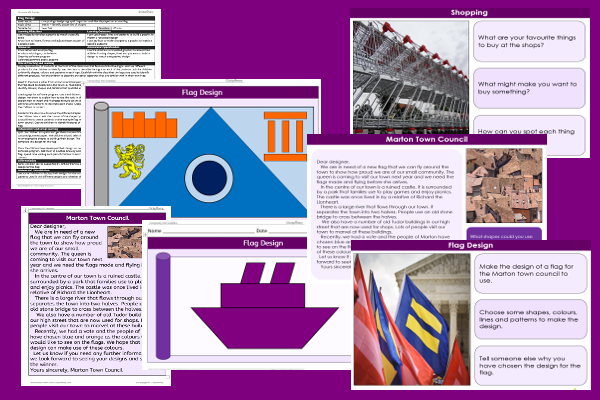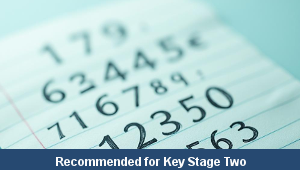Home > Key Stage Two > Computing > Town Flag
Lesson Five – Flag Design

This computing teaching pack for Key Stage Two gets the children to practise selecting and recording the design for a graphic logo that could be displayed on a flag representing a town’s location in the world.
The class can explain and model how to insert and combine a range of different shapes to create the design for a flag to match the requested criteria for a specific location.
Download this teaching pack including a lesson plan, classroom activities and an interactive presentation to practise selecting and recording the design for a graphic logo that could be displayed on a flag representing a town’s location in the world
Activities in this teaching pack include display posters to identify and explain how to develop a graphic to match a particular design to represent a town, a shared reading text to describe a suggested design of a flag for a specific community and a template to select and record shapes to represent aspects of a community on a flag design.
The interactive presentation can be used to explore how to select and record the design for a graphic logo that could be displayed on a flag representing a town.
This lesson is part of a computing scheme of work to get the children to investigate and practise how to create different graphic shapes that can be utilised when producing a flag representing the local community. There are teaching activities for shared learning, differentiated worksheets to support independent learning and interactive presentations to introduce concepts and key skills.
-

Maths Arithmetic Assessment
Assess abilities in solving arithmetic number problems for addition, subtraction, multiplication and division when working with informal and formal written calculations
-

Environment
Identify and describe some of the special landscapes and locations that can be found in the world and reflect on how they can be protected and preserved for the future
-

Silent Letter Words
Explore and illustrate the meanings and spellings of some different words with silent letters when using them in a range of topics and scenarios
-

Complaint Letters
Explain and model how to format and structure writing when composing letters of complaint about different issues and scenarios
